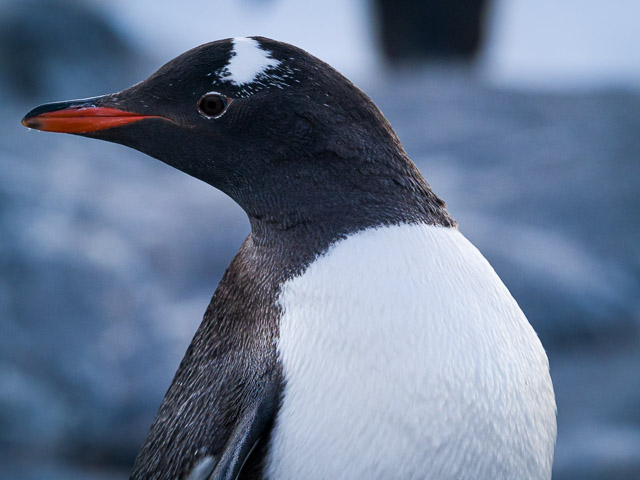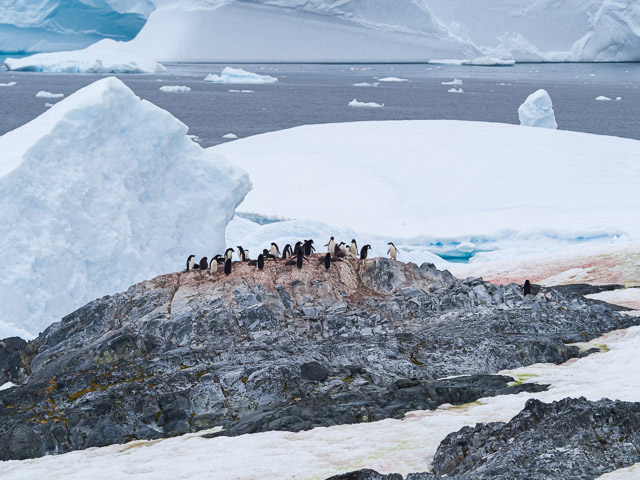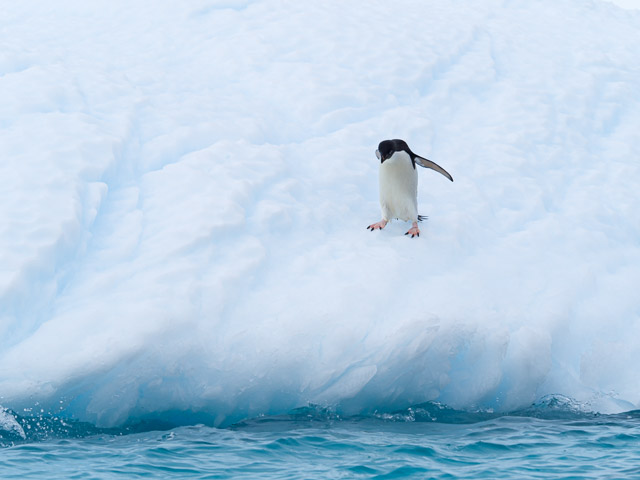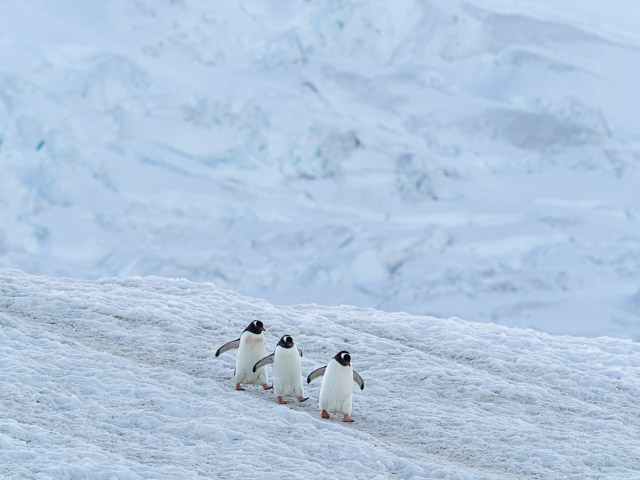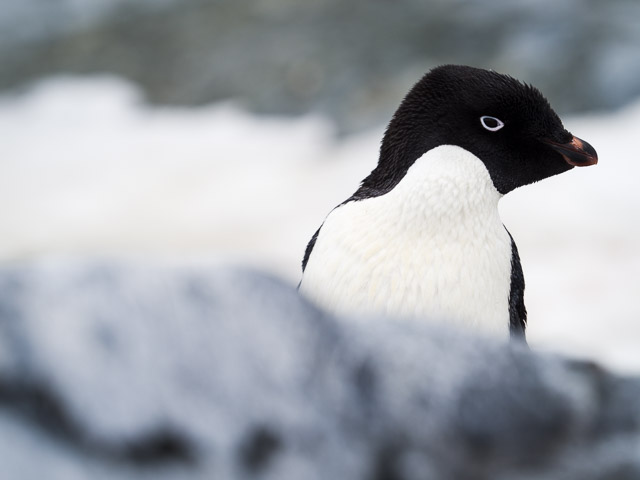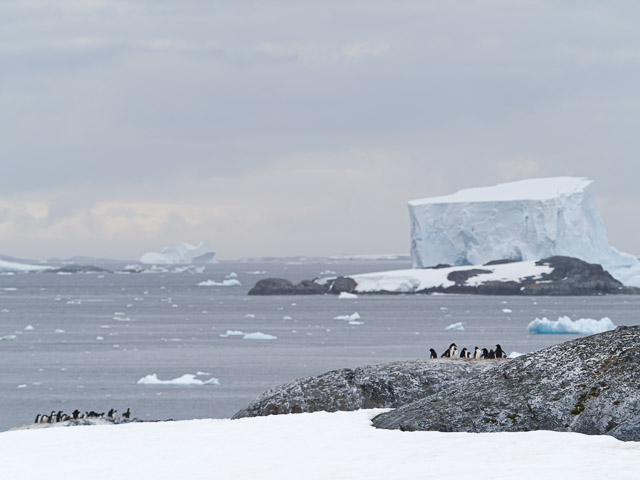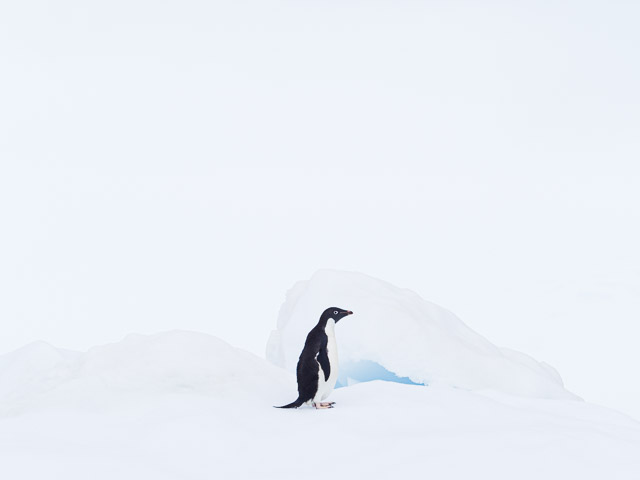Not a wildlife photographer
but whatever, here’s some penguins
Seems that for a lot of photographers the current lockdown has a silver lining, as it provides time to organise, curate, edit and generally sort out photography backlogs. It should be the same for me, but somehow I’m finding it even harder to focus on these activities right now. But I certainly have a backlog. In fact my backlog has backlogs. I’m sure if I just let things drift, I’ll regret it, if and when normality returns, so I’m trying to get stuff done by dividing tasks up into small slices. In that way, I’m managing to work through the huge pile of photos acquired during the Antarctic leg of my last little jaunt.
First I managed to whittle down some 6000 photos to 1300. It’s a start, but 6000 is way too many for a 2 week period. Then again, I think that most people on the same trip have far, far more, as they pretty much all were shooting continuously, at rates of lots of frames per second, while I pretty much always stuck to single frames.
This is probably to my detriment. After all, I have a camera (Olympus E-M1 MkII if you want to know) which is capable of insane frame rates, so why don’t I use it? There are several reasons for this - one, I really don’t have the mindset of a wildlife photographer, where the downside of having to sift through mountains of near-identical photos has the upside of retrieving one or two real gems. Second, I’m too lazy (or old, or stupid, or all three) to learn how to do it properly. Whatever, I still ended up with 6000 photos.
Actually, I wasn’t really expecting the trip to be quite so heavily oriented towards wildlife photography, although with hindsight I really should have been, and should have prepared for it. So I was thrown into a situation where the priority was wildlife, and lots of it, and that is not within my comfort zone. I discovered that for most people an iceberg was not very interesting if it didn’t have a penguin or a seal on it. I’ve learned that dedicated wildlife photographers have the ability to pre-conceive a particular shot that they want, and are prepared to spend literally hours waiting for it. And for this they need to be fully prepared and to have complete mastery of their equipment. And they need patience.
I don’t have any of this. If I’m given 3 hours to wander around a location, then my main object will be to see as much of that location as I can. I may pick up some photos along the way, in my usual opportunistic way, and I may even spend some time trying to get a particular shot that I’ve identified on the spot, but any notion of conceiving of what I want to photograph usually comes only with the benefit of 20/20 hindsight. So, I use inappropriate settings, my output is random and generally poor, and I get annoyed with myself. However, at the other extreme, I’ve seen people achieve the single shot they wanted less than 1 hour into a 3 hour shore trip, and at that point fold up and head back to the ship. In my way of thinking, they are missing opportunities, but I guess from a photographic point of view they’re showing discipline, and the net result is that they have pre-curated their shots, and actually have little follow up work to do other than discarding the 95% of frames which they don’t need. It’s an approach which has some clear attractions. And, if you look at the work of one of my trip companions, Richard Barrett, you can see it works very well.
And penguins… well, it’s easy to photograph penguins. Actually sometimes it’s hard NOT to photograph penguins. They get in everywhere. It is harder to isolate a single penguin, and even harder to make that into an interesting photograph. I’m not 100% sure why we even try - penguins are above all highly social animals, and seeing them in isolation somehow seems a bit sad. The holy grail, it seems, these days in penguin photography is to try to get that “fog” foreground look, where you get a band of out of focus snow in the lower part of the frame. Finding clean snow around penguins is also hard, as they can’t get toilet paper in Antarctica, and since they nest on exposed rock getting them to pose nicely in snow is hard too. I was actually more interested in getting shots featuring penguins in a wider environment, sometimes even to the point that you don’t first notice the bird. This is also not original. And in any case over time I sucombed to peer pressure and image reviews telling me this wasn’t what I should be doing. Perhaps, more accurately, I just wasn’t doing it very well.
Anyway, with my small batch at a time approach, I’ve made some headway into curation and processing. So here, from that work in progress, is a small sample of the penguin side of my latest attempts at wildlife photography.
